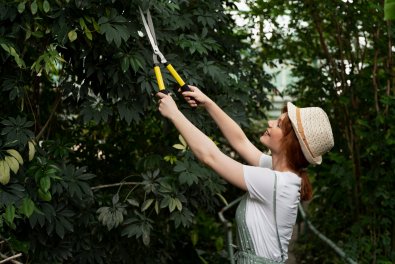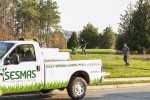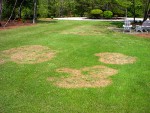Protecting and Maintaining Trees with Damaged Roots
Trees provide shade, enhance landscapes, and improve air quality, among other benefits. However, these sturdy entities face several challenges, such as damaged roots. Roots are the lifeline of a tree, anchoring it to the ground and providing essential nutrients and water. When roots are damaged because of construction, soil compaction, or disease, overall health declines rapidly. At the Sesmas Tree Service, we leverage extensive knowledge and experience to protect and maintain trees with damaged roots. Here are the steps to ensure the longevity of trees with compromised root systems.
Assess the Extent of Root Damage
The first step in managing a tree with damaged roots is to assess the extent of the damage. Not all root injuries are the same in severity. Some may affect a small portion, while others could significantly affect the tree's stability and health. A professional tree service provider can determine the damage's severity before recommending the right action. Early detection is crucial to preventing further harm and increasing the chances of recovery.
Avoid Further Disturbance
Once root damage is identified, avoiding any additional disturbance to the area is essential. This may include activities like construction, heavy machinery use, and even excessive foot traffic that can exacerbate the problem by compacting the soil or cutting more roots. Tree service professionals recommend installing barriers around the root zone to protect and boost recovery in a stable, undisturbed environment.
Improve Soil Conditions
Healthy soil is vital to the recovery of damaged roots. Compacted or poor-quality soil can restrict root growth and exacerbate the damage. Aerating the soil around the tree can help improve oxygen and water penetration, which is essential for root regeneration. In addition, adding organic mulch can enhance soil quality by retaining moisture, providing nutrients, and regulating temperature. These improvements create a favorable environment for the roots to recover, minimizing further damage and premature tree removal emergencies.
Prune Carefully to Reduce Stress
Pruning is another vital step in managing trees with damaged roots. When roots are compromised, the tree's ability to take up water and nutrients is reduced. You can hire a tree care company to selectively prune your trees, reducing the overall demand on the root system. This also goes a long way to help the tree manage its resources more effectively. However, it's essential to prune carefully and avoid excessive cuts, which could further stress the tree. Consult a professional tree care company to ensure pruning is done correctly and enhances the tree's chance of survival.
Provide Adequate Water and Nutrients
Trees with damaged roots need additional care, particularly regarding watering and feeding. A tree with a compromised root system may struggle to absorb water and nutrients. Deep watering techniques help ensure moisture reaches the deeper roots that might still be healthy. Also, slow-release fertilizers can provide the necessary nutrients without overwhelming the damaged roots. This balanced approach promotes gradual recovery and strength, preventing health issues and unplanned tree removal projects.
Monitor for Pests and Diseases
Trees with damaged roots are more susceptible to pests and diseases, which can further weaken them. Regular monitoring by certified arborists is crucial to catch any infestations or infections early. Common signs of trouble include discolored leaves, unusual growth patterns, and visible insect activity. Early intervention with appropriate treatments can prevent further decline and give the tree a better chance of recovery. Ensuring the tree remains healthy helps it focus energy on healing its root system.
Protecting and maintaining trees with damaged roots requires a comprehensive approach that includes the helpful tips mentioned. Each step is vital in supporting the tree's recovery and ensuring its continued growth and stability. Contact Sesmas Tree Service and schedule a consultation with our certified arborists to help trees with significant root damage recover and thrive.


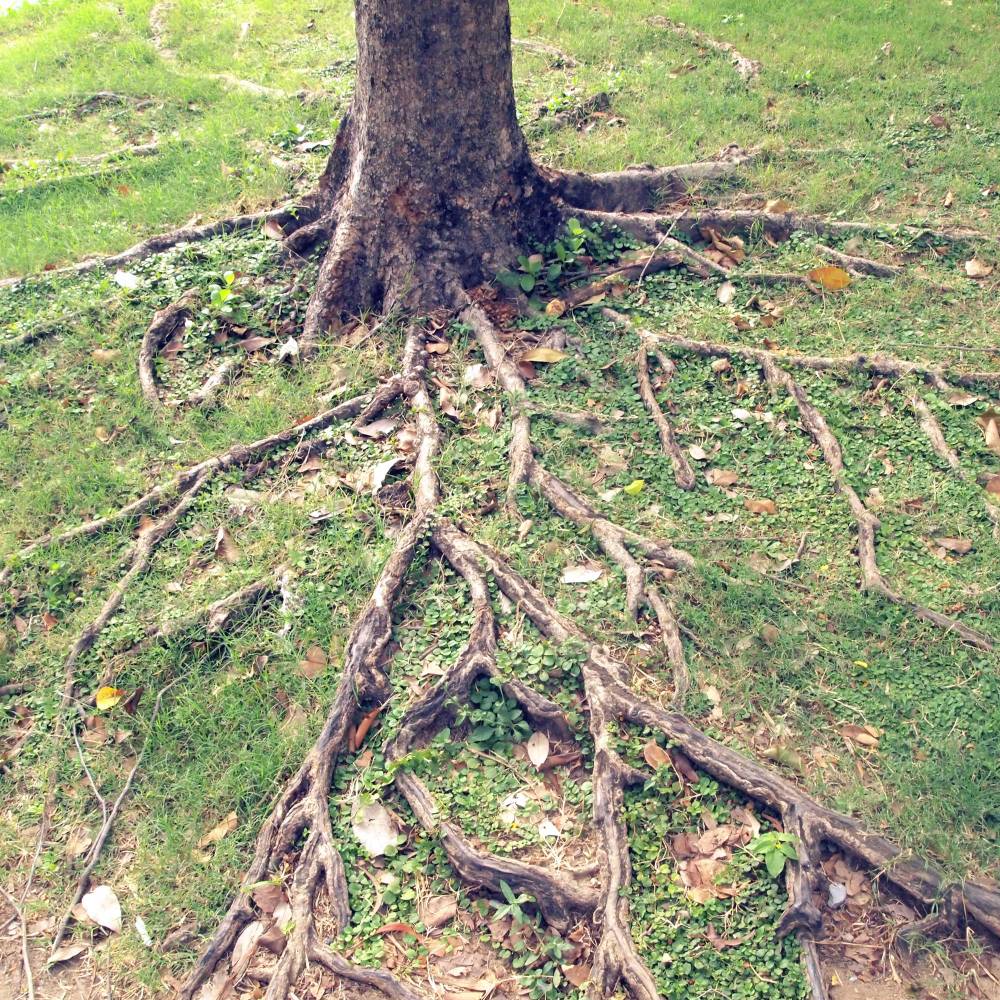

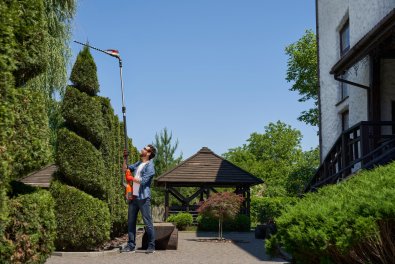
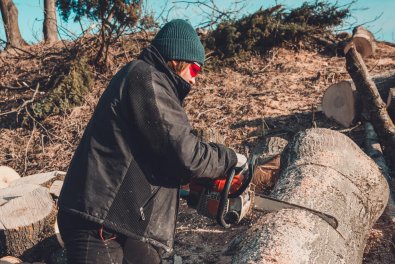
.jpg)
